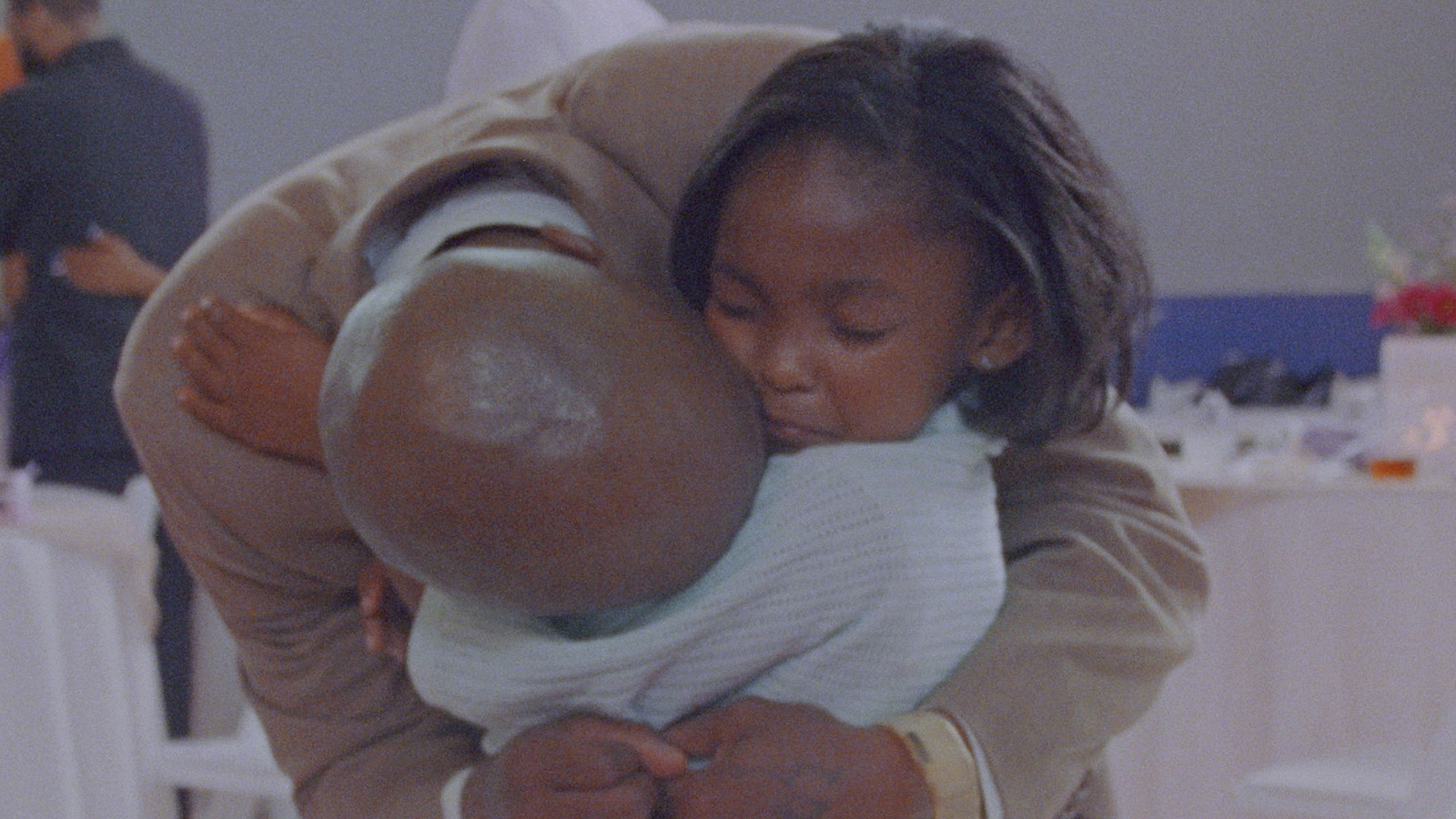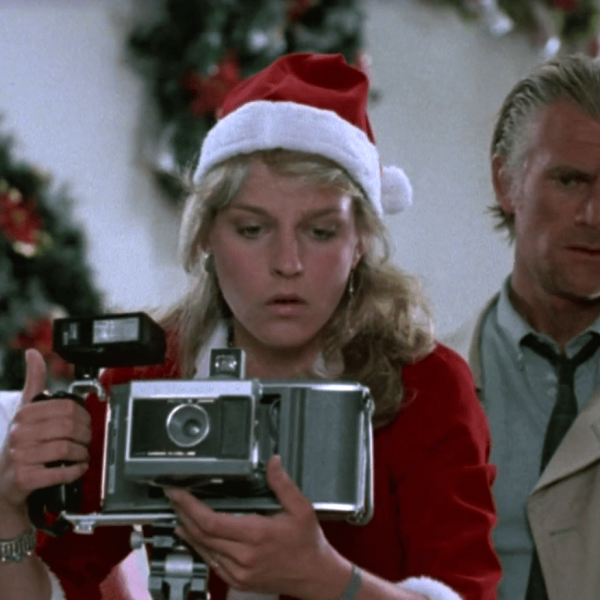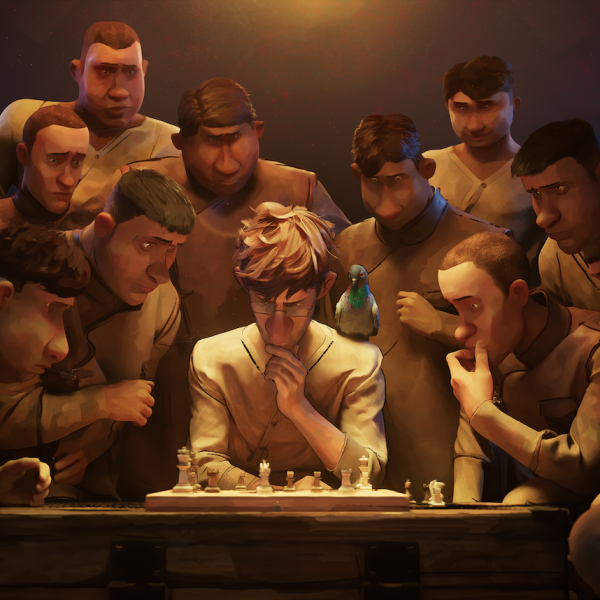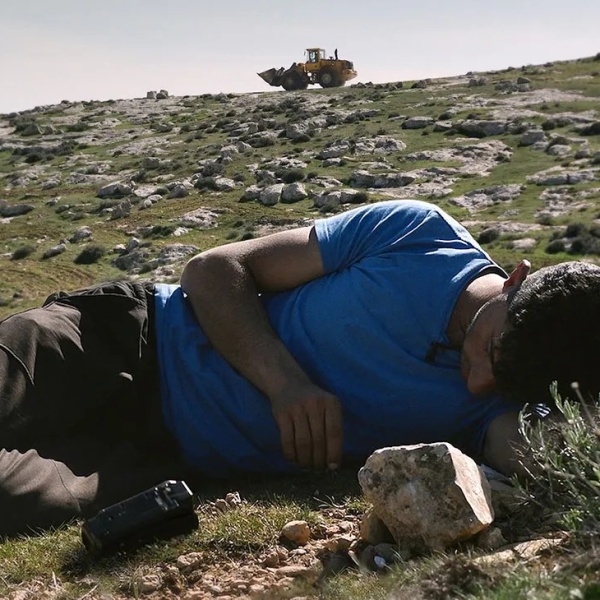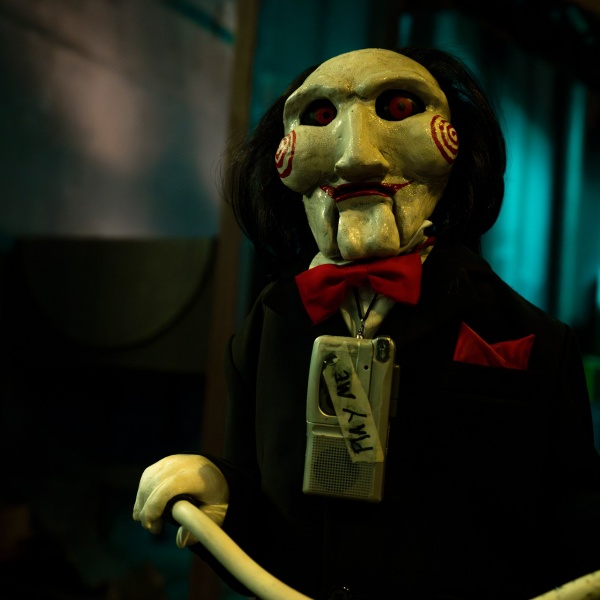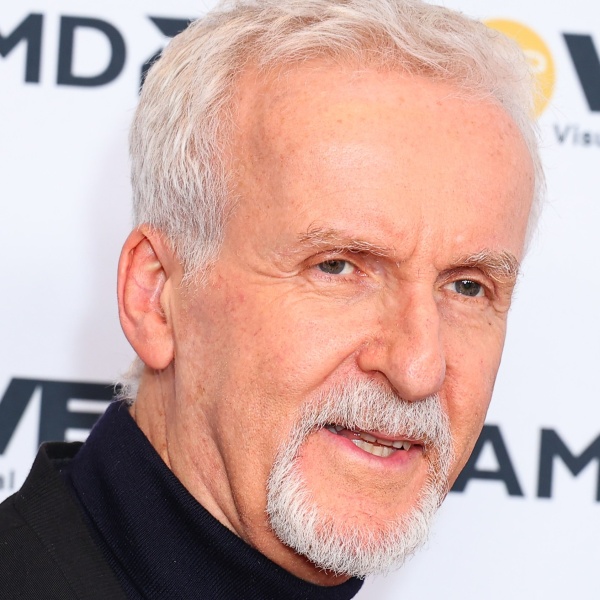No question, the documentary “Daughters” is a tearjerker. At the Sundance 2024 premiere, its two rookie filmmakers saw the power of their father-daughter story. Music video director Natalie Rae and Girls for a Change CEO Angela Patton had witnessed the emotions unleashed when incarcerated men at a Washington D.C. prison shed their orange gear and dressed up for a father-daughter dance. When they line up on chairs in a hallway to anxiously await their daughters, who run into their fathers’ arms, there was not a dry eye in the house.
“That screening was just so powerful,” said Rae at an August Academy showing in Beverly Hills. “It was five standing ovations and so much laughter and joy and energy. You’ve been working on the edit for three years off and on. So finally, being able to share it and feel the level of emotion, I was not prepared for it.”
After Patton got the Sundance news, she rallied her young troops at Richmond, Virginia’s Girls for a Change to fundraise so the four families in the film could attend the Sundance launch. “It just showed how young girls can continue to create the change that they want to see,” said Patton.
“Daughters” won both the U.S. Documentary Audience and Festival Favorite awards. And Netflix scooped up the movie, which is now streaming.
The movie took eight years to complete. It all started when Rae heard Patton’s 2012 Ted Talk about the father-daughter prison program, which was dreamed up by Patton’s Girl Action Team. “It allows girls to think about issues in their community, and we give them the tools to be their own superheroes,” said Patton. “How do you want to make this change that you want? You tackle this issue, you come up with the root causes, and you create solutions.”

This particular girl action team wanted to change the narrative of Black men in their lives. “Whether it was their fathers, grandfathers, or brothers, they didn’t like the messages that they heard about Black men not showing up,” said Patton. “It originally started with a dance in a community that would happen during Women’s History Month.”
As the girls prepared for a father-daughter dance, they discovered that one of their peers could not be there because her father was incarcerated. “The girls had a big problem with that,” said Patton. “They decided to write a letter to the Sheriff at the Richmond Justice Center. He invited the girls to meet with him and told them, ‘When families stay connected to their loved ones doing their time, it keeps them hopeful. They thrive, and most likely, they would not return.’”
From there, the father-daughter dance program spread from one prison to another, with great success. “We have had feedback from sheriffs and wardens that the impact is not only working with the fathers and the families,” said Patton, “but the staff also sees that they are there for a really different reason, to rehabilitate and to continue to see that human connection. The residents, while they are doing their time, they are away from their families. They need to start to think about what they can do to make some change as well. So to me, that’s how powerful it is.”

Since the program began a decade ago, 95 percent of the men who participate never return to prison.
After Rae saw the TED Talk and met with Patton, they got to know each other over the first two years. “I have had other filmmakers reach out to me after seeing the TED Talk,” she said, “but I was not interested in working with them because they were interested in a jail story and I was interested in a love story. I’m sensitive around and protective of Black storytelling. Even in my TED Talk, I’m showing you the power that young people have. I wanted to make sure if this was going to be on a screen, it needed to be exactly what I experienced every day. Fortunately, Natalie’s email to me centered on the girls: she got it.”
For Rae, “This is a young girls’ story about the wisdom that these young girls had to know what they needed to say. ‘I want to have a dance with my father in this jail.’ It’s so profound. This was about their internal world, their experience, the power that they have to make change in the world.”
It took a while to gain access to one of the dances. “It was a silver lining,” said Rae, “because the program grew to Washington, D.C., and as soon as we came together and explained that we wanted to film the fathers in all the therapy circles and have access to everything, it was quite amazing that they finally said ‘yes.’ So it was a long wait, and then a green light, and then getting to know all the girls. That was the most special part, connecting with the moms and the daughters.”
Along came Covid and Black Lives Matter, but the film kept chugging along. “Creatively, emotionally, financially, it was the hardest thing I’ve ever done,” said Rae. “I had to create a lot of life force to keep it going. But every year, Angela and I can wear many hats together, be it directors, producers, raising money.”
“Her tenacity kept it going for eight years,” said Patton.

They started following six girls but whittled them down to four, starting at age 5, 10, 11, and 15, and followed them for three years after the dance. Rae shot the event with two 16mm cameras and one digital backup, along with some iPhones on the side. “Shooting on 16mm was an important decision for us,” said Rae, “to have the humanity and the timelessness come across.”
“One of my favorite things that happens at the dance is when the correctional officers come down the soul train line,” said Patton, “when the warden or the sheriff is also serving the food, and when we have four hours only, and then they decide to extend it for two more hours. So that’s the power of putting all of us in this space together. With the music and the laughter and the joy, we all remember what’s important. One reason that we are there is love. This connection between the father and their daughter is unspeakable joy, and that’s what matters at that time.”
Netflix is mounting an outreach program for the film. As far as Patton is concerned, making it easier for relatives and friends to visit and communicate with their loved ones is a local issue, community by community.
“It’s easy to go to your local league, and find out what’s happening in your neighborhood, because it is different, state by state, city by city, and that’s how they make it complicated for us,” she said. “It’s really about you understanding the laws where you live and figuring out what you can do to change them.”
For professional storyteller and communicator Patton, the movie “Daughters “is another way to get this story out,” she said, “but the power is doing it through a film. I understood that this message could be broader. And so I took a chance on myself and Natalie and the girls as well. I was open-minded and took a back seat with some things. We both had to take risks, and we both had to understand where our strengths were and what we can contribute to making such a beautiful film.”
“Daughters” is now streaming on Netflix.
